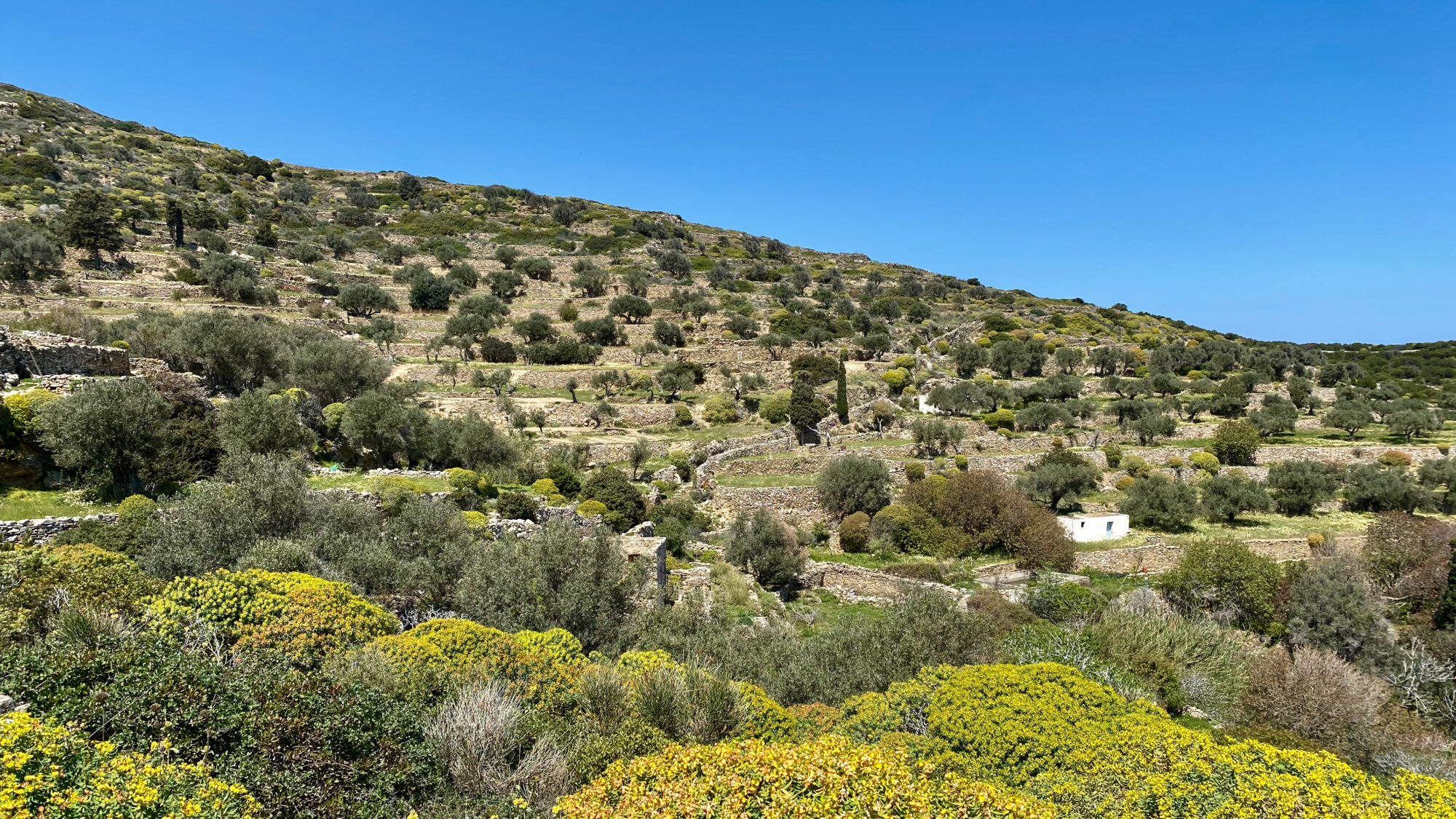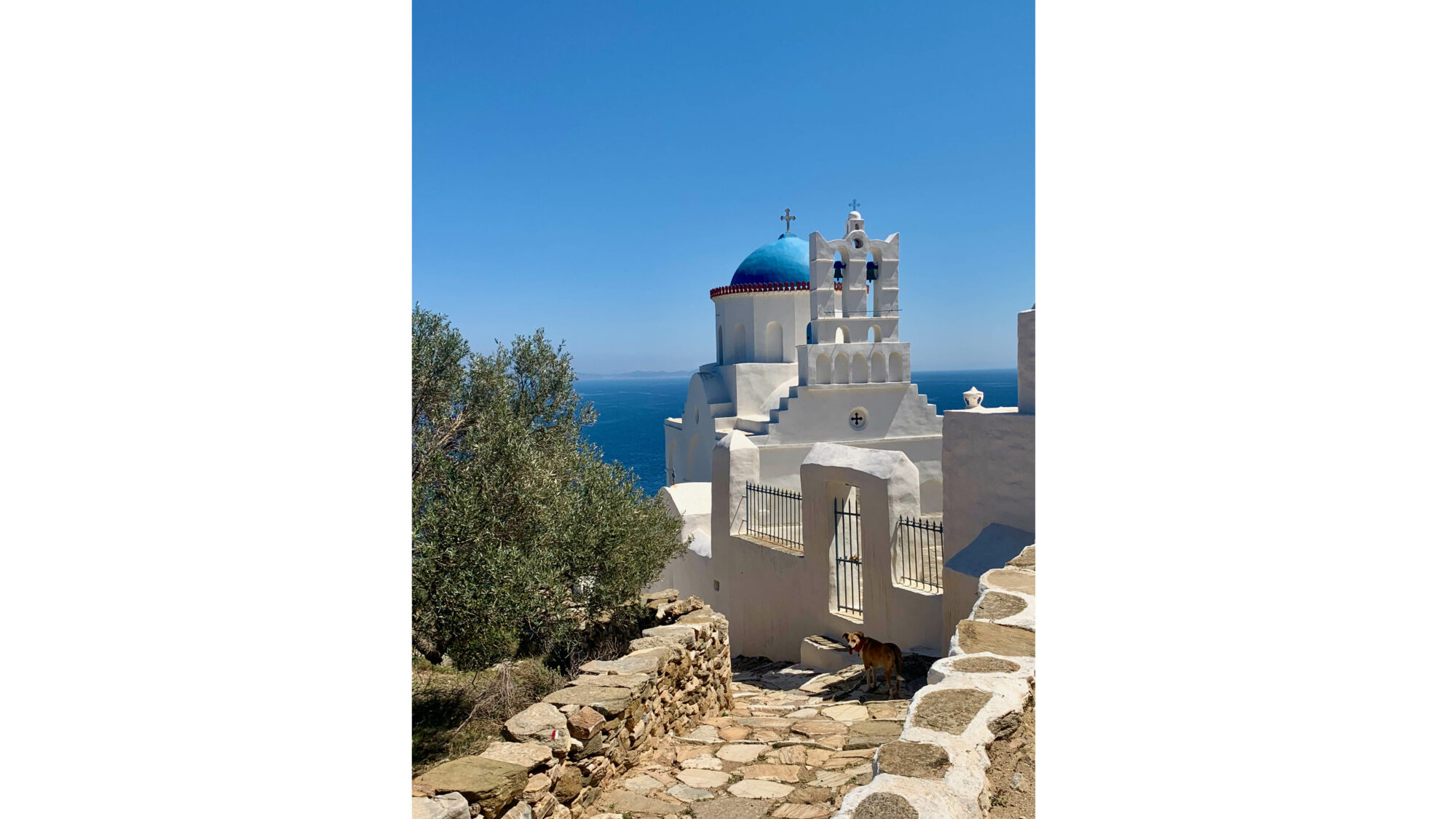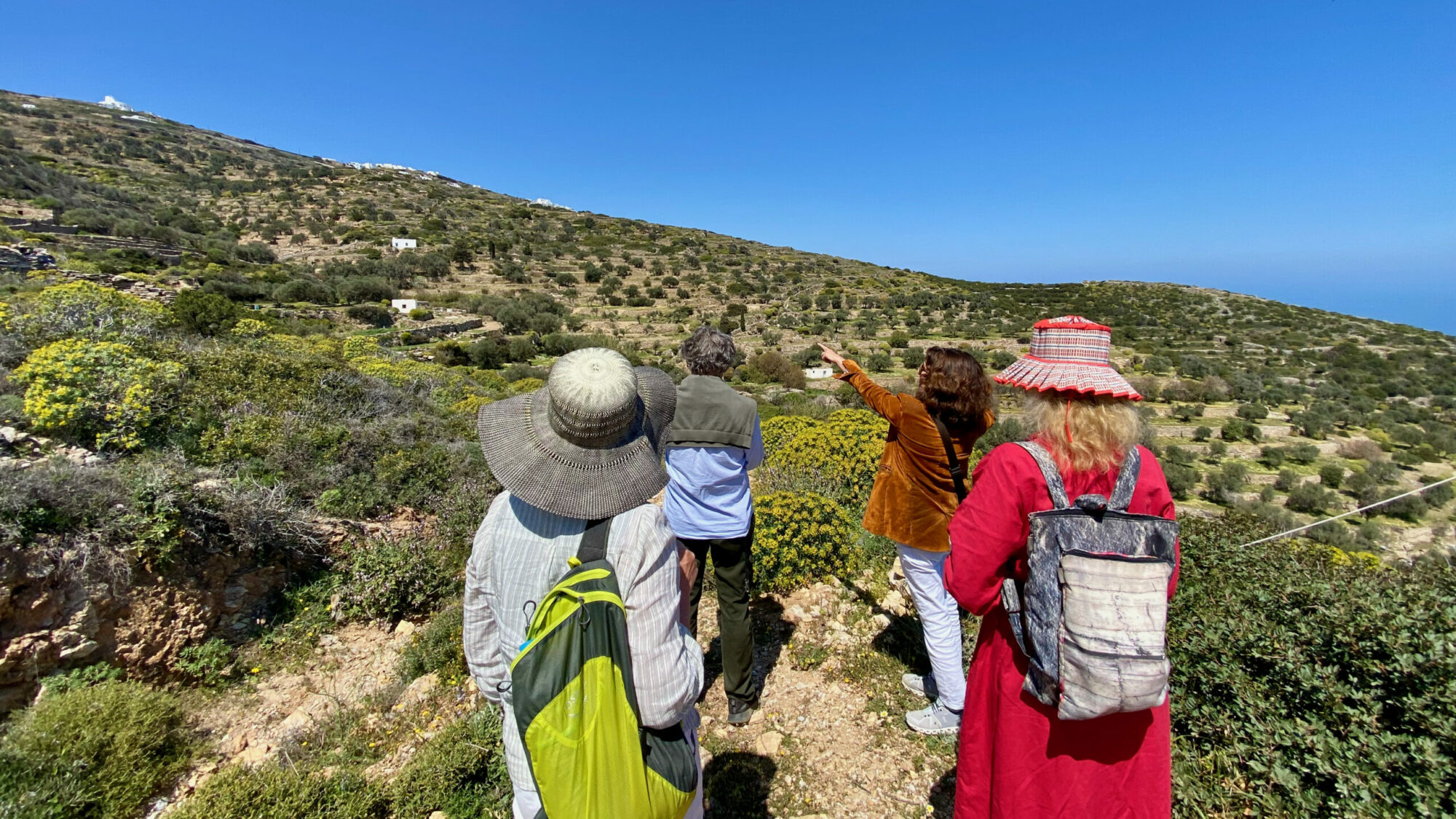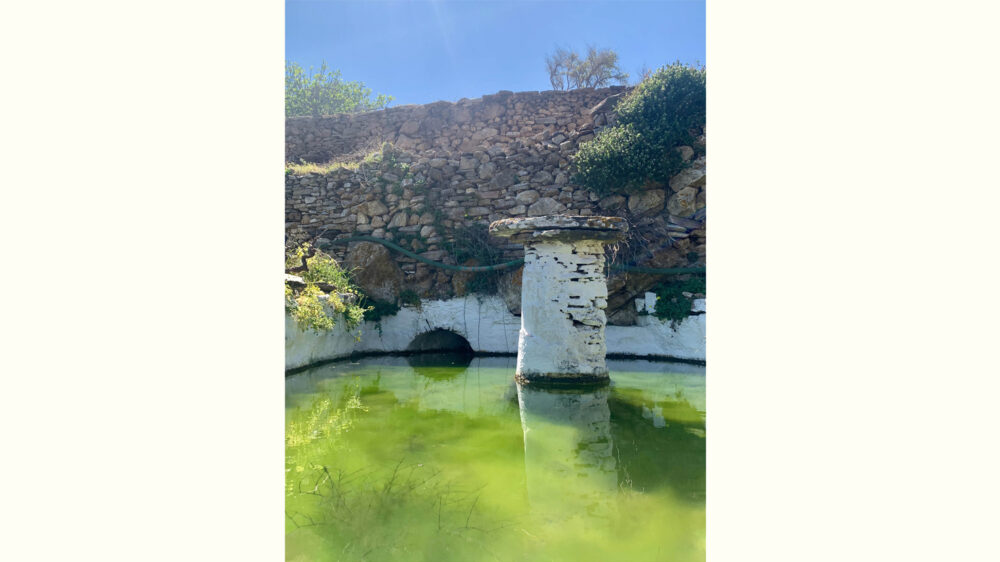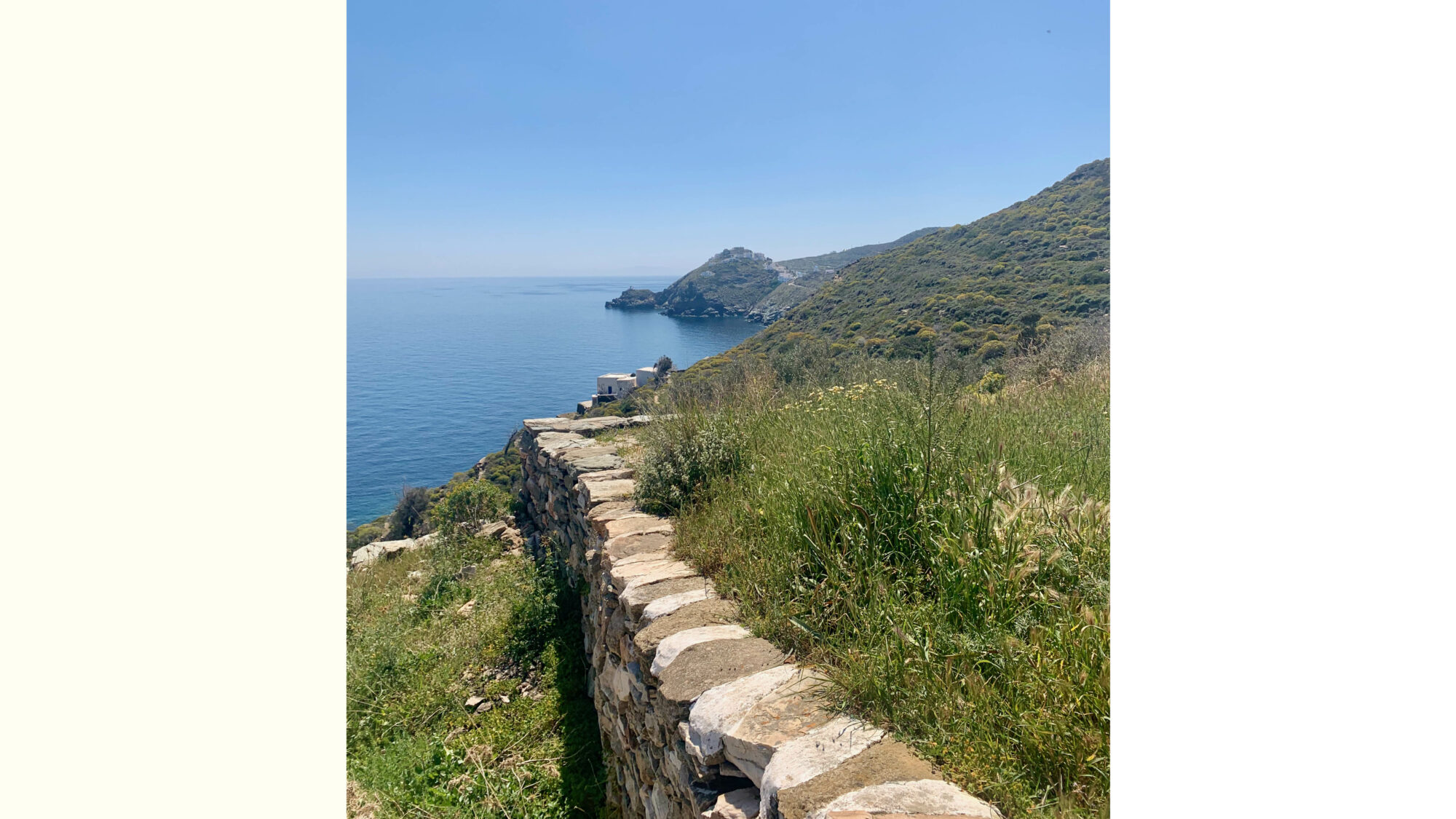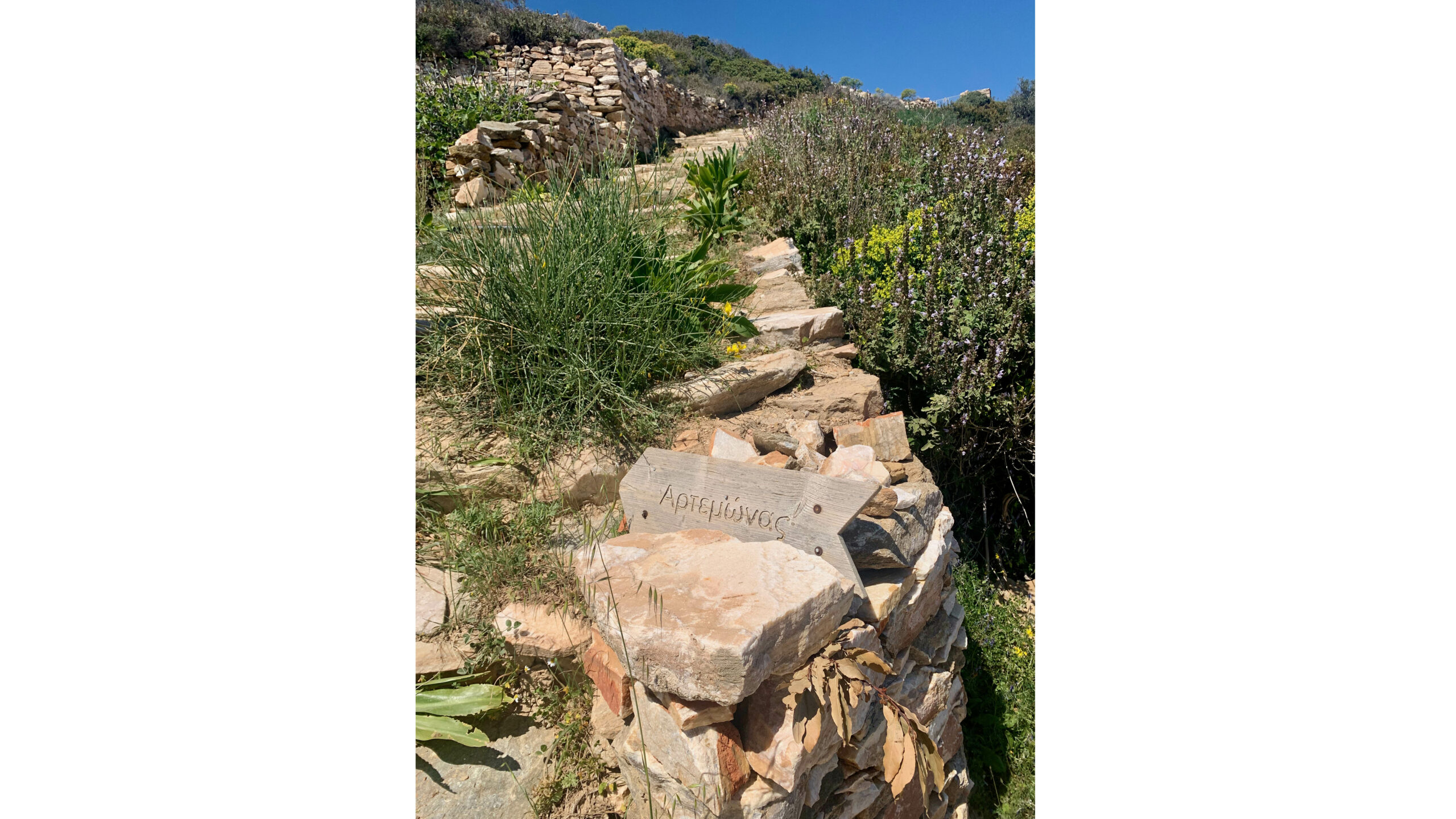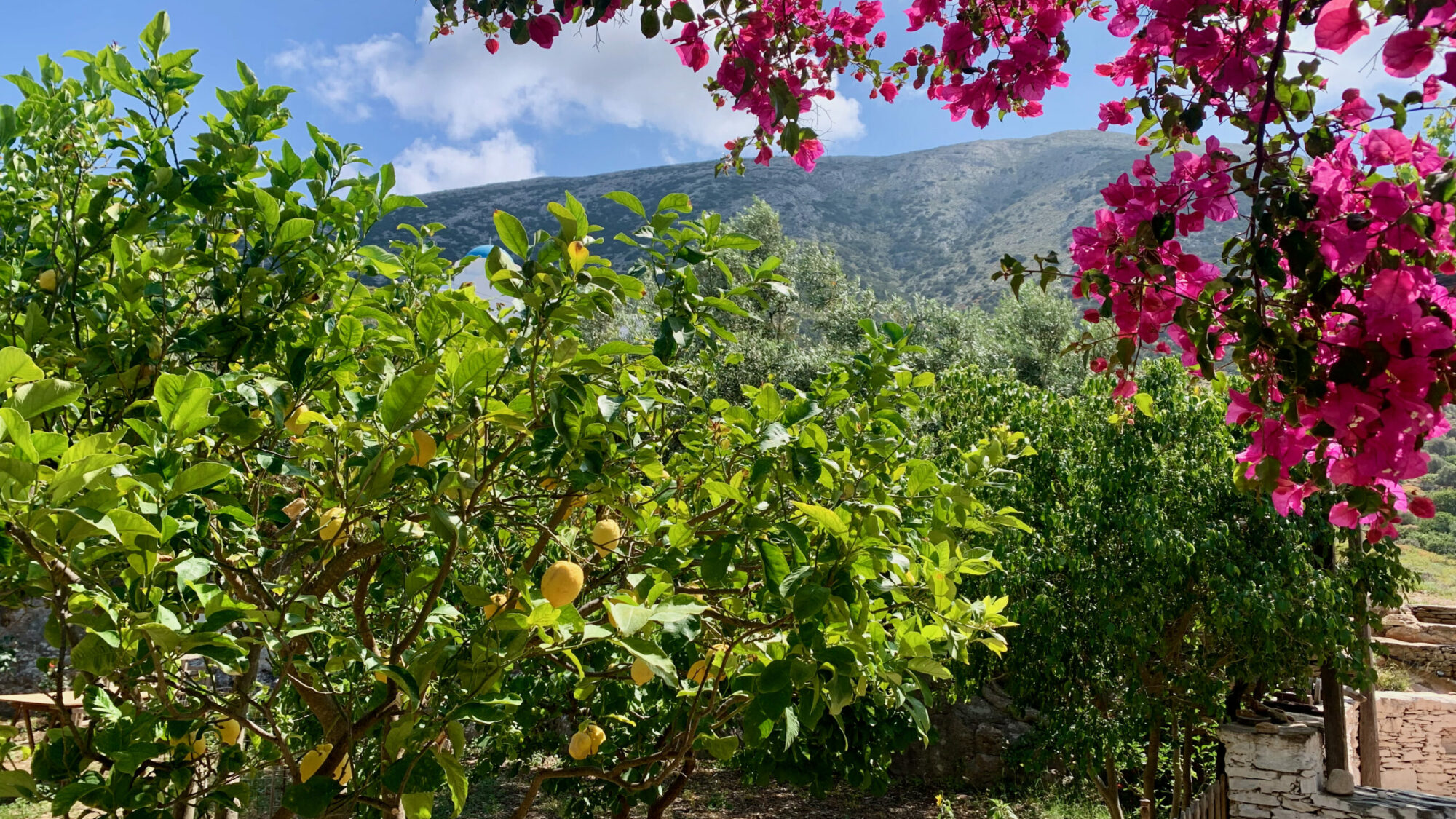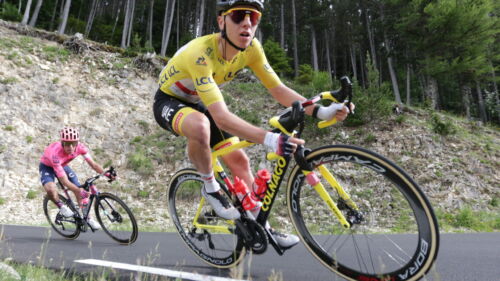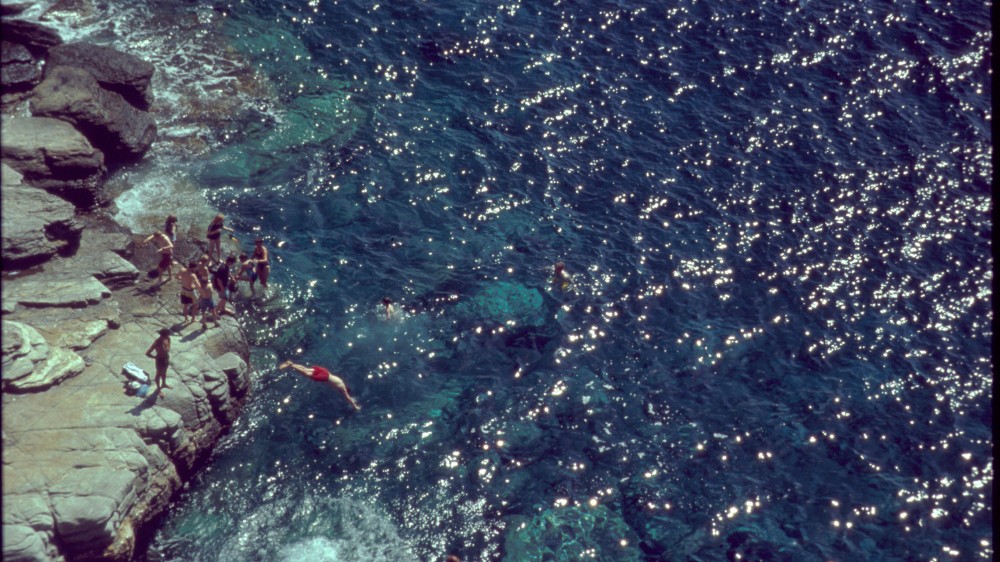Sharing the water
Sifnos is the island next-door for me. Serifos is “my” island – I started going there a good 25 years ago, and from the moment I set foot on it, I knew I’d be back and start spending my summers there. I still do. It’s mountainous, wild and unpolished; beaches are virgin, and the occasional attempt to open a beach club with loungers and parasols is fought hard by the locals. My kind of thing. Keep it simple.
Neighbour Sifnos is the next stop on the ferry route; it’s only 20 minutes away. Similar in size, the two islands are friendly rivals. Serifos has the best beaches, by far; Sifnos is more cultured. Sifnos has a great tradition of pottery making; Serifos has a fascinating history of mining. Serifos has the prettiest of hilltop villages you can imagine; Sifnos is known for its excellent food. When Serifos only had “rent rooms”, Sifnos already had some high-end hotels; but now Serifos has a destination yoga and Zen retreat, a Zen monastery will be next.
Truth be told, I love them both, and from my base on Serifos, whenever I have the opportunity, I pop over to Sifnos. To check out a new hotel. To stock up on some pottery. To try a new restaurant. Or to just spend a day with friends on the island.
A little while ago, I went to see my friend Amalia Zepou who was spending some time on Sifnos, “her” island. I was thinking long chats while sipping coffee on a terrace in her village, and then some grilled fish by the sea, but she told me she wanted to take me and a few more friends for a walk. Amalia is doing research on the traditional water management systems on the island, a “lessons to be learnt” sort of thing, and she documents how local communities manage the use of natural springs as a common good. She wanted to show us. So off we went to the kipos (the garden) of Sifnos, Poulati. Named after a tiny 19th century monastery built on the rocks above the sea, this is an incredibly pretty 38-acre terraced area, a collection of small agricultural plots separated by centuries-old drystone walls, bushes and trees.
We stroll past small farmhouses. Some are still in use; a handful have been converted into adorable looking summer homes but many look abandoned. As we follow rocky trails Amalia takes us to see the cisterns that collect the water from the nine natural springs in Poulati, connected by a network of stone-built furrows, some now replaced by modern pipes, but quite a few still in use.
The water here is shared, a common good, with each farmer or landowner drawing water in turns, with rights measured in time slots rather than volume, and agreements spelled out occasionally in deeds and contracts, or even etched in stone, but with others woven in the fabric of trust, passed down from generation to generation by word of mouth. Time slots not determined by what you see on your watch or your phone, but something much more poetic. Farmer X has the right to draw water on Tuesdays, Thursdays and Sundays, from the moment the shadow of the cypress tree of family Y falls on the rock of the plot of farmer Z, until the sun sets, when it’s the next farmer’s turn.
The agreements are as layered as the terraces themselves, a dance between the written and the unwritten, the said and the unsaid, the agreed and occasionally, but rarely, disagreed. Some cisterns are on private plots, but still considered public goods, and give water to multiple plots below, and to multiple farmers and families. Fascinating stuff.
I am a “once upon a time” economist, but it is Amalia who reminds me that this is what Elinor Ostrom, the first woman to be awarded a Nobel prize in economics, devoted her whole life to understanding: how communities learn to share pooled resources for the common good. As for me, I just feel I am walking through a living museum of ingenuity, cooperation and resilience. Amalia’s narrative weaves a rich tapestry of Sifnos’ spirit, where every stone, every drop of water, tells a story of unity and respect for the land and bonds between the members of this small community.
